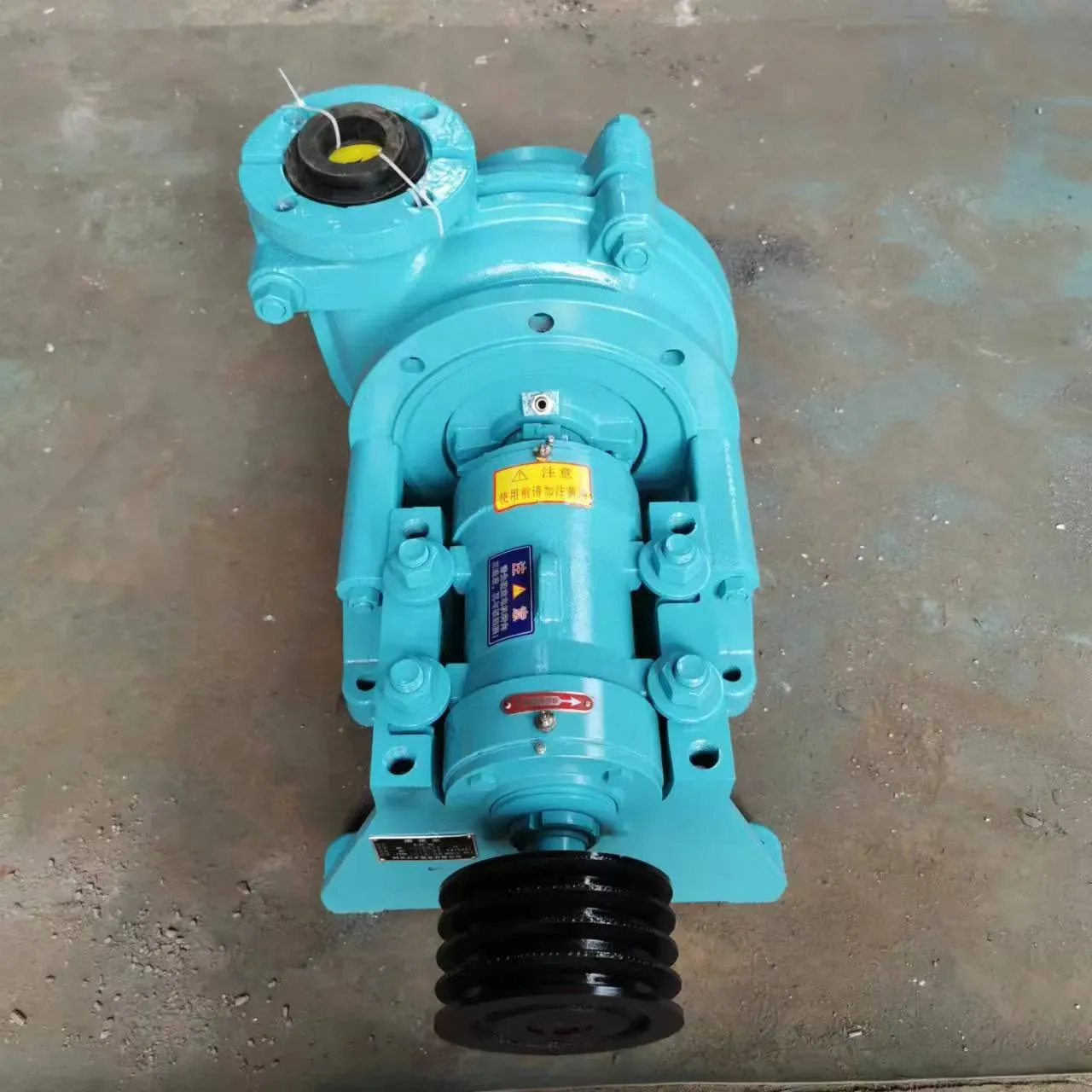Malayalam
- Afrikaans
- Albanian
- Amharic
- Arabic
- Armenian
- Azerbaijani
- Basque
- Belarusian
- Bengali
- Bosnian
- Bulgarian
- Catalan
- Cebuano
- Corsican
- Croatian
- Czech
- Danish
- Dutch
- English
- Esperanto
- Estonian
- Finnish
- French
- Frisian
- Galician
- Georgian
- German
- Greek
- Gujarati
- Haitian Creole
- hausa
- hawaiian
- Hebrew
- Hindi
- Miao
- Hungarian
- Icelandic
- igbo
- Indonesian
- irish
- Italian
- Japanese
- Javanese
- Kannada
- kazakh
- Khmer
- Rwandese
- Korean
- Kurdish
- Kyrgyz
- Lao
- Latin
- Latvian
- Lithuanian
- Luxembourgish
- Macedonian
- Malgashi
- Malay
- Malayalam
- Maltese
- Maori
- Marathi
- Mongolian
- Myanmar
- Nepali
- Norwegian
- Norwegian
- Occitan
- Pashto
- Persian
- Polish
- Portuguese
- Punjabi
- Romanian
- Russian
- Samoan
- Scottish Gaelic
- Serbian
- Sesotho
- Shona
- Sindhi
- Sinhala
- Slovak
- Slovenian
- Somali
- Spanish
- Sundanese
- Swahili
- Swedish
- Tagalog
- Tajik
- Tamil
- Tatar
- Telugu
- Thai
- Turkish
- Turkmen
- Ukrainian
- Urdu
- Uighur
- Uzbek
- Vietnamese
- Welsh
- Bantu
- Yiddish
- Yoruba
- Zulu
Telephone: +86 13120555503
Email: frank@cypump.com
നവം . 01, 2024 13:20 Back to list
Engine-Powered Slurry Pumps for Efficient Material Transport in Industrial Applications
Engine Driven Slurry Pumps An Overview
Engine driven slurry pumps are specialized equipment designed to handle viscous materials mixed with water, often found in various industrial applications such as mining, construction, and dredging. Unlike standard pumps that are commonly used for clear liquids, slurry pumps address the challenges of transporting mixtures that contain solid particles, which may include sand, gravel, coal, or other industrial residues.
Working Principle
At the core of an engine driven slurry pump is its ability to utilize a powerful engine, providing the necessary energy to move heavy and thick mixtures. The engine can be powered by diesel or gasoline, which allows for high mobility and independence from electric power sources. This feature is particularly beneficial in remote areas or job sites where electrical infrastructure may be limited.
The pump consists of an impeller, a casing, and various seals that work together to create a pressure differential that pushes the slurry through a pipeline. The design of the impeller is crucial, as it needs to withstand the abrasive nature of the solids being handled and ensure efficient flow without clogging or excessive wear.
Advantages of Engine Driven Slurry Pumps
One of the primary advantages of engine driven slurry pumps is their portability. They can be easily transported to various locations, making them ideal for projects that require flexibility. Moreover, the ability to function independently from electrical power means they can operate in locations where access to power is unreliable or nonexistent.
Another significant advantage is their operational efficiency. Engine driven slurry pumps typically have higher flow rates and can handle thicker slurries than standard pumps. They are designed to manage different types of slurries, whether they are coarse, fine, or highly abrasive, which broadens their applicability across diverse industries.
engine driven slurry pumps

Applications
Engine driven slurry pumps find extensive applications across various sectors. In mining operations, they are used to transport materials such as tailings or ore slurries from one location to another, reducing the need for truck transportation, which can be costly and slow. In construction, these pumps are vital for dewatering excavations, enabling safe and efficient work environments.
In dredging operations, engine driven slurry pumps facilitate the removal of sediment from bodies of water, supporting environmental management and enhancing navigation
. Additionally, they are used in wastewater management systems where sludge needs to be pumped away safely and efficiently.Maintenance and Considerations
While engine driven slurry pumps are robust and effective, proper maintenance is essential to ensure their longevity and reliability. Regular checks on the engine, impeller, and hoses are necessary to prevent wear and breakdown. Moreover, operators should be trained to understand the specific characteristics of the slurries being handled, including their viscosity and particle size, to optimize pump performance and minimize the risk of clogs.
Conclusion
In summary, engine driven slurry pumps are an invaluable asset in various industrial applications, providing the necessary power and flexibility to transport challenging materials safely and effectively. Their portability, efficiency, and adaptability make them a preferred choice for companies aiming to enhance their operational capabilities while managing complex slurry handling situations. As technology advances, we can expect further innovations in design and efficiency, paving the way for even broader applications in the future.
-
High-Efficiency Submersible Effluent Pump for Sewage & Wastewater Solutions
NewsJul.08,2025
-
High Quality CH Warman Slurry Pump Factory - Leading Horizontal Slurry Pump Supplier
NewsJul.08,2025
-
Hot Sale Chemical Circulating Pump – Efficient & Durable Slurry Circulating Pump Solutions
NewsJul.08,2025
-
High-Efficiency Submersible Dredge Pump for Sand & Gravel Durable Dredge Slurry Pumps Solutions
NewsJul.07,2025
-
Wholesale Slurry Pump Impeller Supplier – High-Quality & Efficient Pump Parts for Enhanced Performance
NewsJul.07,2025
-
High-Efficiency Water Submersible Pumps Reliable Water Pump for Potable Water Supply
NewsJul.06,2025










